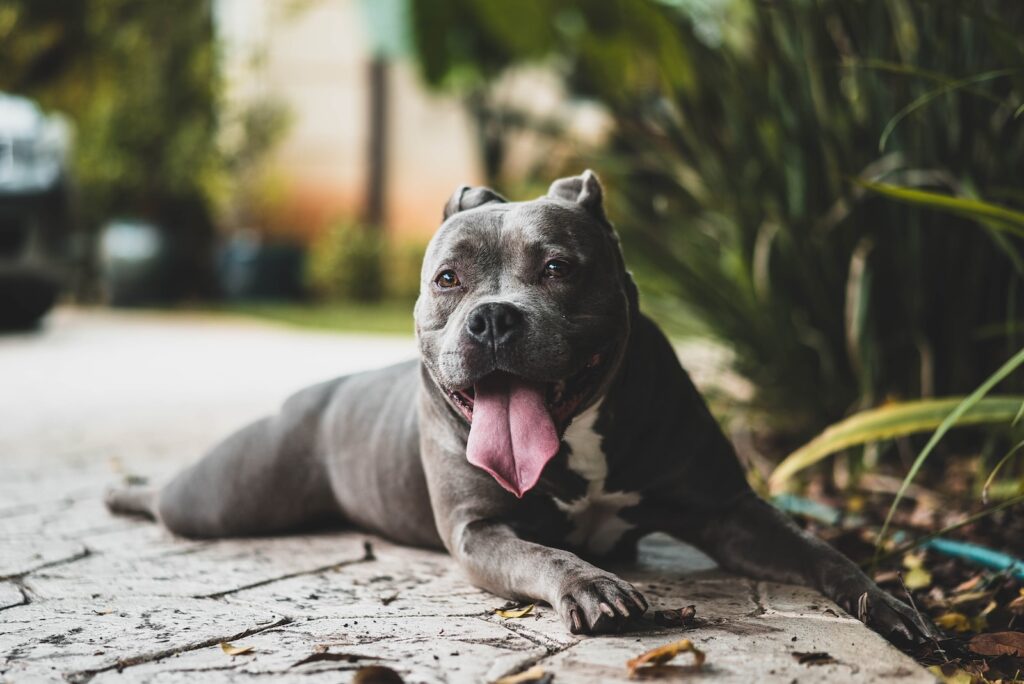Can Dogs Eat Green Beans? — Yes
Green beans are generally safe and healthy for dogs to eat. They can be a great addition to a balanced diet and provide several nutritional benefits. However, there are a few important considerations to keep in mind when feeding green beans to your dog.
Can Puppies Eat Green Beans?
Yes, puppies can eat green beans as well. However, it is essential to introduce them gradually into their diet to avoid any digestive upset. Puppies have special dietary requirements, so it’s always best to consult with your veterinarian before making any significant changes to their diet.
Things to consider when feeding green beans to puppies?
When feeding green beans to puppies, it’s important to ensure that they are cooked thoroughly and mashed or chopped into small, easily digestible pieces. This will help prevent any choking hazards and make it easier for them to chew and digest. Monitor their reaction to green beans and consult your vet if you notice any adverse effects.
Nutritional Benefits of Green Beans for Dogs — Why Green Beans are Good for Dogs?
Vitamins and Minerals
Green beans are packed with essential vitamins and minerals such as vitamin A, vitamin C, vitamin K, and minerals like calcium, magnesium, and potassium. These nutrients contribute to the overall health of your dog, supporting their immune system, bone health, and muscle function.
Dietary Fiber
The high dietary fiber content in green beans can help regulate your dog’s digestive system and promote healthy bowel movements. It can also aid in weight management by providing a feeling of fullness, which can help prevent overeating.
Antioxidants
Green beans are rich in antioxidants, including beta-carotene and lutein. These antioxidants help protect your dog’s cells from damage caused by free radicals, reducing the risk of chronic diseases and promoting overall well-being.
Low in Calories and Fat
Green beans are a low-calorie and low-fat food, making them an excellent choice for dogs that need to maintain a healthy weight or are on a weight-loss regimen. They can be a great alternative to high-calorie treats.
Hydration
Green beans have a high water content, which can help keep your dog hydrated, especially during hot summer months. It can also contribute to healthy skin and coat.
Potential Allergies: Can Dogs Be Allergic to Green Beans?
While allergies to green beans are relatively rare in dogs, it is still possible. It’s essential to monitor your dog for any signs of allergic reactions after introducing them to green beans for the first time. These symptoms may include itching, hives, facial swelling, vomiting, or diarrhea. If any allergic reactions occur, discontinue feeding green beans and consult your veterinarian.
Symptoms of Green Bean Allergies in Dogs
- Hives: Patches of raised, itchy skin
- Itching and Scratching: Excessive scratching or rubbing against objects
- Gastrointestinal Upset: Vomiting or diarrhea
What to Do If Your Dog Shows Symptoms?
- Stop Feeding Green Beans: If your dog displays allergic symptoms, immediately stop feeding them green beans.
- Contact Your Veterinarian: Reach out to your veterinarian for guidance on managing your dog’s symptoms and identifying any potential underlying allergies or sensitivities.
- Alternative Treat Options: Explore other safe and suitable treat options for your dog that do not trigger allergic reactions.
Recommended Amount: How Much Green Beans Can a Dog Consume?
The recommended amount of green beans for dogs varies depending on their size, age, and individual dietary needs. As a general guideline, green beans should make up no more than 10% of your dog’s daily calorie intake. It’s always best to consult with your veterinarian to determine the appropriate portion size for your furry friend.
Things to Consider When Feeding Green Beans to Dogs
While green beans are generally safe for dogs, there are a few things to consider when adding them to their diet:
- Cooking Method: Ensure that green beans are thoroughly cooked to make them easier to digest and avoid any potential gastrointestinal issues.
- Sodium Content: If using canned green beans, choose low-sodium options to minimize your dog’s sodium intake.
- Added Ingredients: Avoid feeding green beans that are seasoned, seasoned with harmful substances, or cooked with other ingredients that dogs should not consume, such as garlic or onions.
- Individual Sensitivities: Monitor your dog for any adverse reactions or digestive upset after introducing green beans. Not all dogs tolerate new foods well, so it’s important to observe and adapt accordingly.
How to Feed Green Beans to Dogs: A Quick Guide
Introducing green beans into your dog’s diet can be a delightful and nutritious experience for both of you. Here are a few simple recipes to consider:
Recipe 1: Steamed Green Beans
1. Wash and trim fresh green beans.
2. Steam the green beans until tender.
3. Allow them to cool, then chop into smaller pieces.
4. Serve as a standalone treat or mix with your dog’s regular food.
Recipe 2: Green Bean and Chicken Mash
1. Cook boneless, skinless chicken breasts and steam green beans separately until both are fully cooked.
2. Allow them to cool, then finely chop or shred the chicken.
3. Mash the green beans using a fork or blend them until smooth.
4. Mix the chopped chicken with the mashed green beans for a healthy and tasty meal.
Recipe 3: Green Bean Frozen Pupsicles
1. Puree steamed green beans until smooth.
2. Pour the puree into ice cube trays or silicone molds.
3. Freeze until solid.
4. Serve the frozen green bean pupsicles as a refreshing treat on hot days.
Conclusion
In conclusion, green beans can be a safe and nutritious addition to your dog’s diet. They provide essential vitamins, minerals, and dietary fiber while being low in calories and fat. However, it’s important to introduce them gradually and observe your dog for any allergic reactions or digestive issues. As always, consult with your veterinarian before making any significant changes to your dog’s diet.






